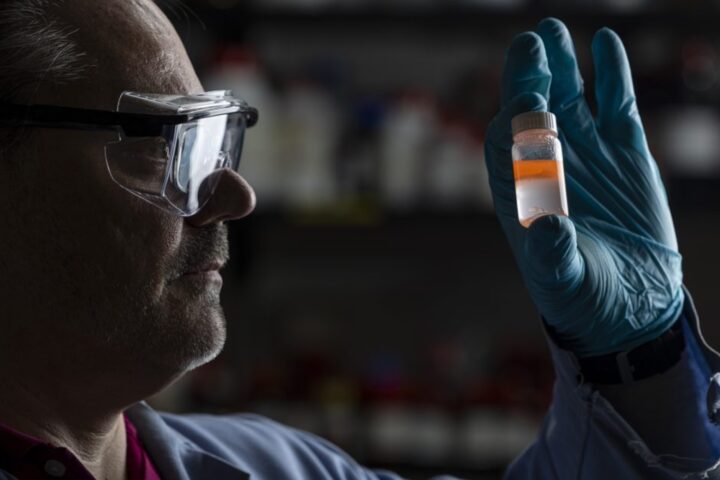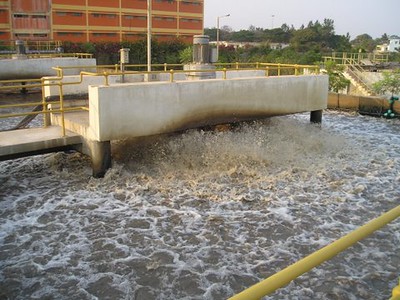A research team at the University of British Columbia (UBC) has developed a portable device that can detect microplastic particles in water within 20 minutes, addressing growing concerns about plastic contamination in drinking water. The tool costs approximately $500 to build, with individual tests costing 1.5 cents.
Dr. Tianxi Yang, assistant professor in UBC’s faculty of land and food systems, led the development of this detection system. Dr Yang explained, “The breakdown of larger plastic pieces into microplastics and nanoplastics presents significant threats to food systems, ecosystems, and human health,” Dr. Yang stated. “This new technique allows quick, cheap detection of these plastics, which could help protect our health and ecosystems.”
The device consists of a biodegradable, 3D-printed box containing a wireless digital microscope, green LED light, and an excitation filter. It can identify plastic particles ranging from 50 nanometres to 10 microns – sizes invisible to the naked eye. The system uses fluorescent labeling and machine learning algorithms to analyze samples, transmitting results wirelessly to a smartphone.
Research findings published in ACS Sensors revealed concerning data about everyday plastic products. When testing disposable polystyrene cups with 50 mL of boiling distilled water, researchers detected hundreds of millions of nano-sized plastic particles, approximately one-hundredth the width of a human hair.
Simiilar Posts:
Microplastics are found floating in rivers and frozen in sea ice, polluting the deep ocean and coming out of taps. These particles have been detected in human tissues, including brain matter and reproductive organs. Their small size and large surface area make them particularly concerning due to their capacity to absorb toxins and penetrate biological barriers.
Haoming (Peter) Yang, a master’s student involved in the research, explained the system’s accessibility: “Once the microscope in the box captures the fluorescent image, the app matches the image’s pixel area with the number of plastics. The readout shows if plastics are present and how much.”
The current system is calibrated for polystyrene detection, but researchers indicate the machine-learning algorithm could be modified to identify other plastic types, including polyethylene and polypropylene. The team aims to commercialize the device for broader applications in food processing and consumer use.
Dr. Yang advises considering alternatives to petroleum-based plastics: “To reduce plastic ingestion, it is important to consider avoiding petroleum-based plastic products by opting for alternatives like glass or stainless steel for food containers.”
The development of this tool marks an advancement in understanding and monitoring plastic contamination in everyday consumables. Its affordability and portability could enable wider access to plastic contamination testing, potentially influencing consumer choices and industry practices in plastic usage.


















